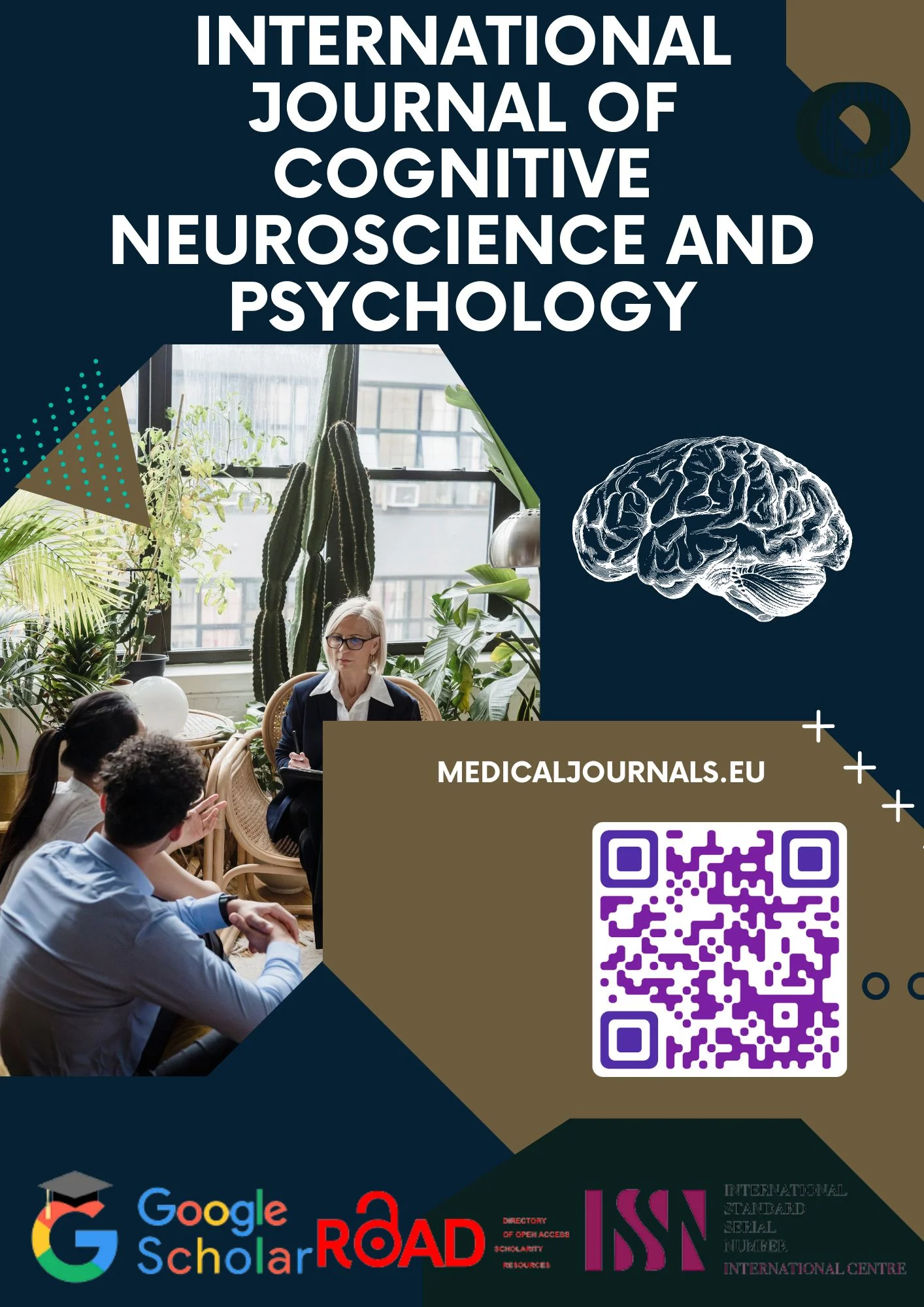Abstract
Cluster headache is a primary headache disorder characterized by recurrent, strictly unilateral attacks of severe orbital or temporal pain, accompanied by ipsilateral cranial autonomic symptoms. Despite being clinically well defined for more than two centuries, its pathophysiology remains incompletely understood. Recent advances implicate trigeminovascular activation and hypothalamic dysfunction, particularly disturbances in circadian rhythm regulation, as central mechanisms. Functional imaging consistently demonstrates hypothalamic activation during cluster attacks and in related trigemino-autonomic cephalalgias, supporting a shared neurobiological basis. Diagnosis is clinical, guided by International Classification of Headache Disorders (ICHD) criteria, although neuroimaging may be warranted to exclude secondary causes. Acute management relies on subcutaneous sumatriptan and high-flow oxygen, with intranasal lidocaine and dihydroergotamine as adjuncts. Preventive therapy is essential to reduce attack frequency; verapamil remains the cornerstone, with lithium, corticosteroids, methysergide, and calcium channel blockers as additional options. Overall, evidence highlights the hypothalamus as a pivotal structure in cluster headache pathogenesis and a potential target for future therapies.
References
1. Geweke LO. Misdiagnosis of cluster headache. Curr Pain Headache Rep 2002; 6: 76–82.
2. D’Amico D, Rigamonti A, Solari A, et al. Health-related quality of life in patients with cluster headache during active periods. Cephalalgia 2002; 22: 818–21.
3. Headache Classification Committee of the International Headache Society. The International Classification of Headache Disorders, 2nd edn. Cephalalgia 2004; 24 (suppl 1): 1–160.
4. Manzoni GC, Terzano MG, Bono G, Micieli G, Martucci N, Nappi G. Cluster headache—clinical findings in 180 patients. Cephalalgia 1983; 3: 21–30.
5. Drummond PD. Dysfunction of the sympathetic nervous system in cluster headache. Cephalalgia 1988; 8: 181–86.
6. Drummond PD. Sweating and vascular responses in the face: normal regulation and dysfunction in migraine, cluster headache and harlequin syndrome. Clin Auton Res 1994; 4: 273–85.
7. Ekbom K. Evaluation of clinical criteria for cluster headache with special reference to the classification of the International Headache Society. Cephalalgia 1990; 10: 195–97.
8. Sjaastad O, ed. Cluster headache syndrome. London: WB Saunders, 1992.
9. D’Alessandro R, Gamberini G, Benassi G, Morganti G, Cortelli P, Lugaresi E. Cluster headache in the Republic of San Marino. Cephalalgia 1986; 6: 159–62.
10. Ekbom K, Ahlborg B, Schele R. Prevalence of migraine and cluster headache in Swedish men of 18. Headache 1978; 18: 9–19.
11. Kudrow L. Cluster headache, mechanism and management. 1st edn. New York: Oxford University Press, 1980.
12. Russell MB. Epidemiology and genetics of cluster headache. Lancet Neurol 2004; 3: 279–83.
13. Bahra A, May A, Goadsby PJ. Cluster headache: a prospective clinical study with diagnostic implications. Neurology 2002; 58: 354–61.
14. Sjaastad O, Bakketeig LS. Cluster headache prevalence. Vaga study of headache epidemiology. Cephalalgia 2003; 23: 528–33.852 www.thelancet.com Vol 366 September 3, 2005
15. Ekbom K, Svensson DA, Traff H, Waldenlind E. Age at onset and sex ratio in cluster headache: observations over three decades. Cephalalgia 2002; 22: 94–100.
16. Ekbom K, Hardebo JE. Cluster headache: aetiology, diagnosis and management. Drugs 2002; 62: 61–69.



